Label numbers, avoiding scientific notation where possible
Source:R/label-number-auto.R
label_number_auto.RdSwitches between number_format() and scientific_format() based on a set of
heuristics designed to automatically generate useful labels across a wide
range of inputs
Value
All label_() functions return a "labelling" function, i.e. a function that
takes a vector x and returns a character vector of length(x) giving a
label for each input value.
Labelling functions are designed to be used with the labels argument of
ggplot2 scales. The examples demonstrate their use with x scales, but
they work similarly for all scales, including those that generate legends
rather than axes.
See also
Other labels for continuous scales:
label_bytes(),
label_currency(),
label_glue(),
label_number_si(),
label_ordinal(),
label_parse(),
label_percent(),
label_pvalue(),
label_scientific()
Examples
# Very small and very large numbers get scientific notation
demo_continuous(c(0, 1e-6), labels = label_number_auto())
#> scale_x_continuous(labels = label_number_auto())
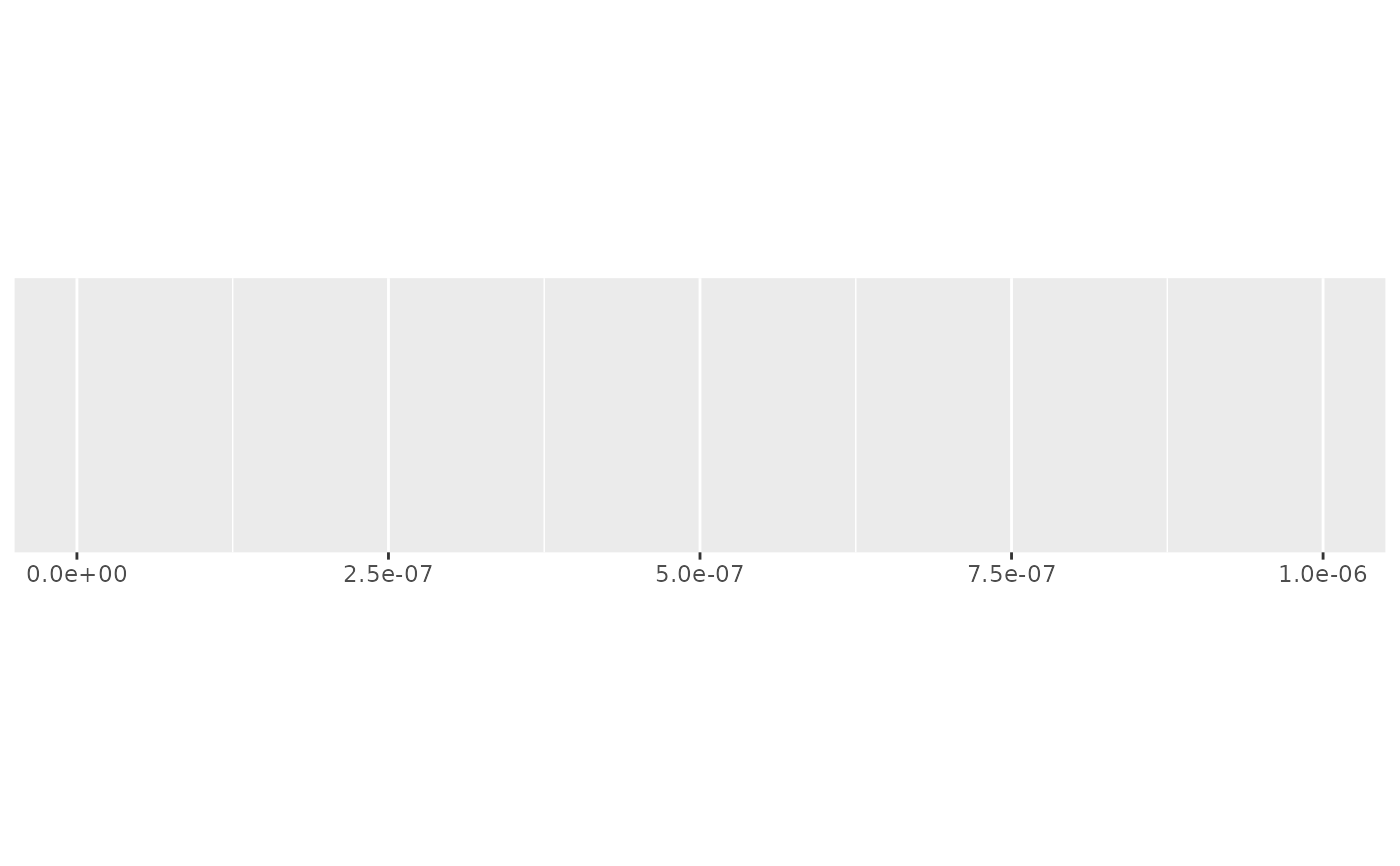 demo_continuous(c(0, 1e9), labels = label_number_auto())
#> scale_x_continuous(labels = label_number_auto())
demo_continuous(c(0, 1e9), labels = label_number_auto())
#> scale_x_continuous(labels = label_number_auto())
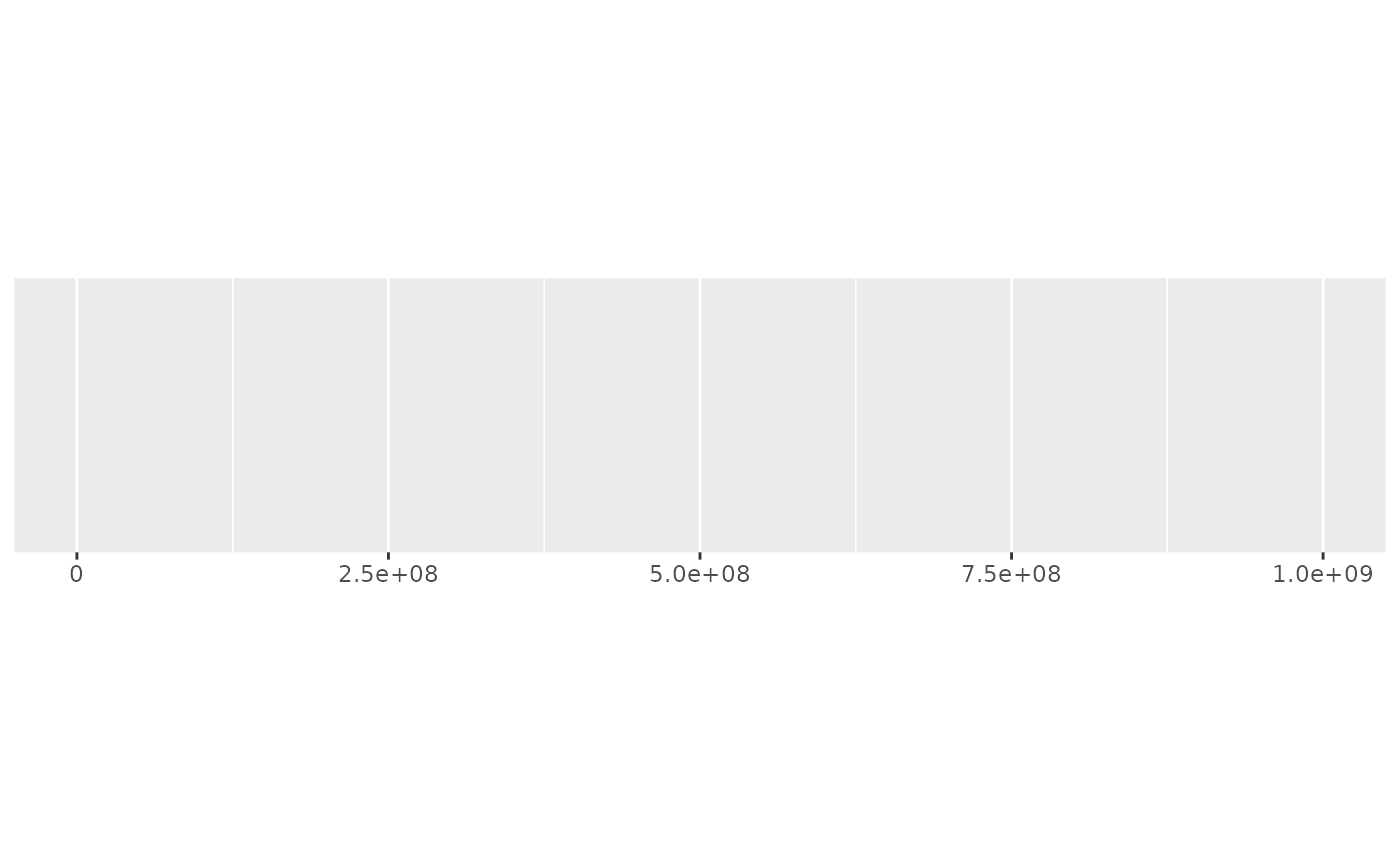 # Other ranges get the numbers printed in full
demo_continuous(c(0, 1e-3), labels = label_number_auto())
#> scale_x_continuous(labels = label_number_auto())
# Other ranges get the numbers printed in full
demo_continuous(c(0, 1e-3), labels = label_number_auto())
#> scale_x_continuous(labels = label_number_auto())
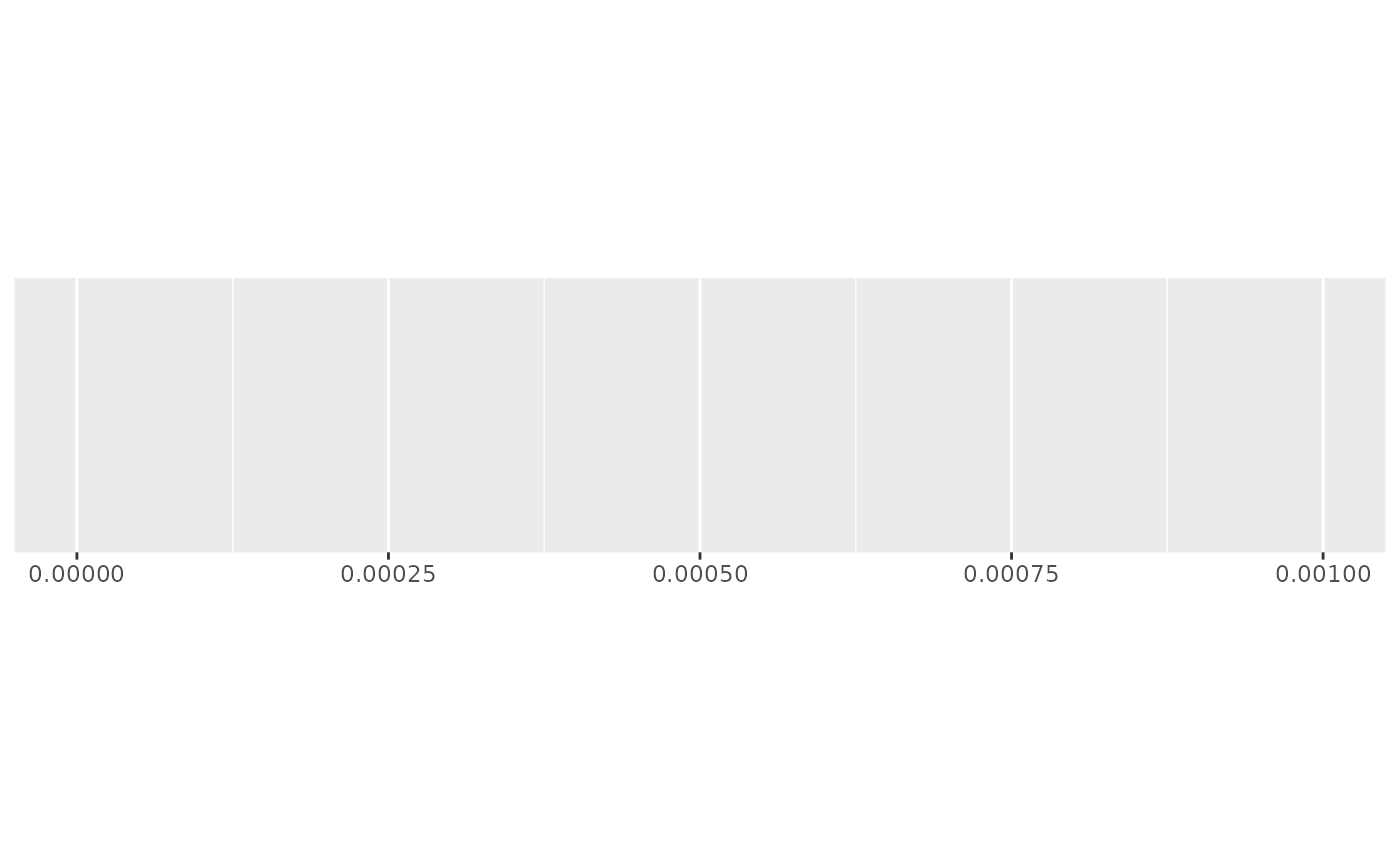 demo_continuous(c(0, 1), labels = label_number_auto())
#> scale_x_continuous(labels = label_number_auto())
demo_continuous(c(0, 1), labels = label_number_auto())
#> scale_x_continuous(labels = label_number_auto())
 demo_continuous(c(0, 1e3), labels = label_number_auto())
#> scale_x_continuous(labels = label_number_auto())
demo_continuous(c(0, 1e3), labels = label_number_auto())
#> scale_x_continuous(labels = label_number_auto())
 demo_continuous(c(0, 1e6), labels = label_number_auto())
#> scale_x_continuous(labels = label_number_auto())
demo_continuous(c(0, 1e6), labels = label_number_auto())
#> scale_x_continuous(labels = label_number_auto())
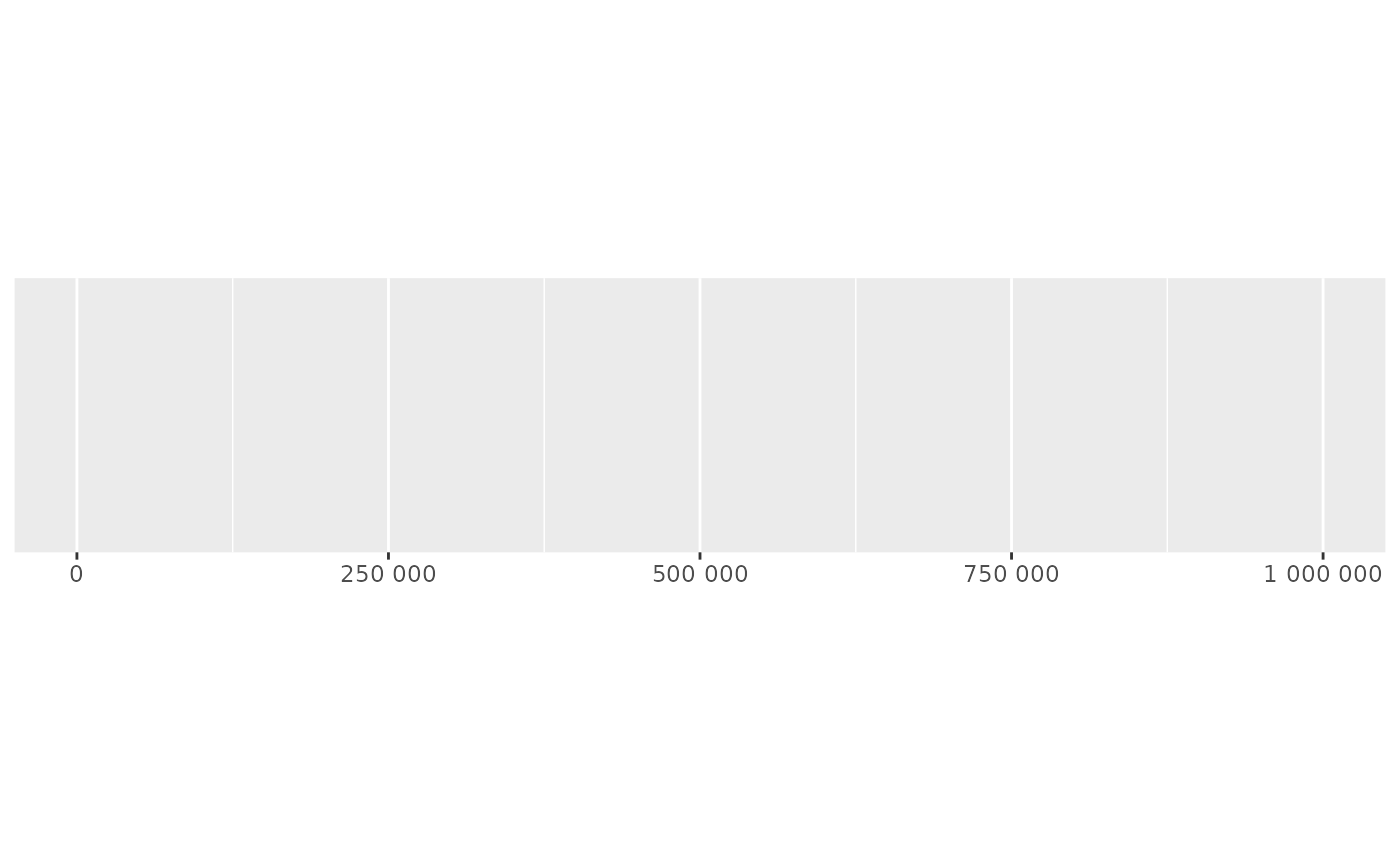 # Transformation is applied individually so you get as little
# scientific notation as possible
demo_log10(c(1, 1e7), labels = label_number_auto())
#> scale_x_log10(labels = label_number_auto())
# Transformation is applied individually so you get as little
# scientific notation as possible
demo_log10(c(1, 1e7), labels = label_number_auto())
#> scale_x_log10(labels = label_number_auto())
